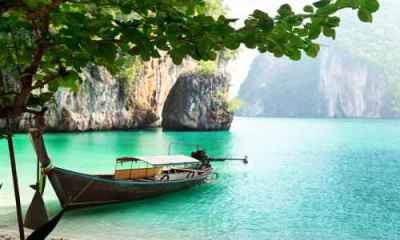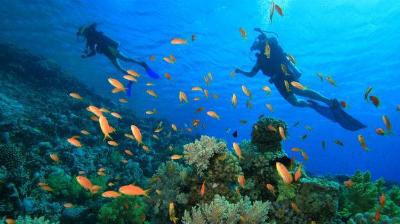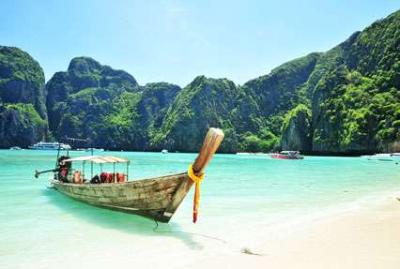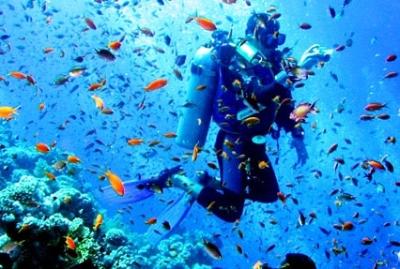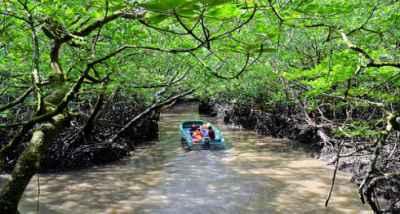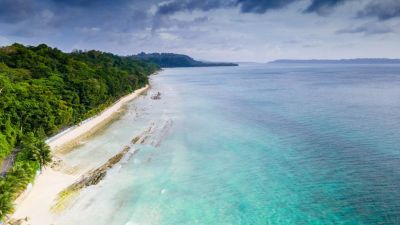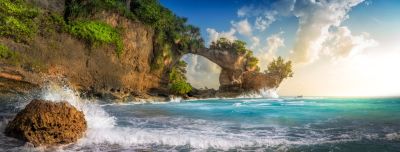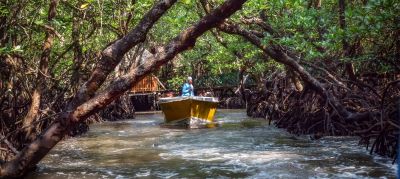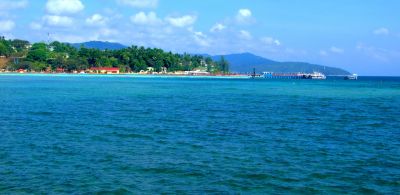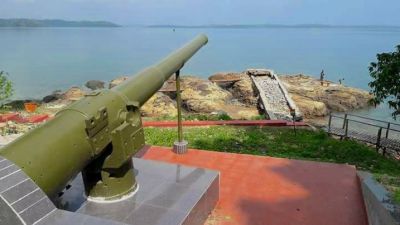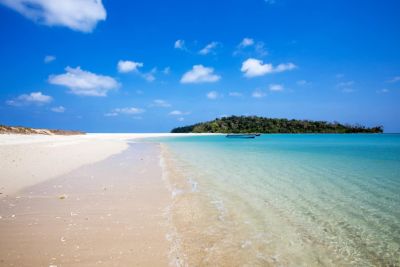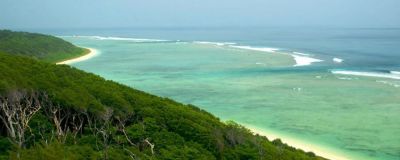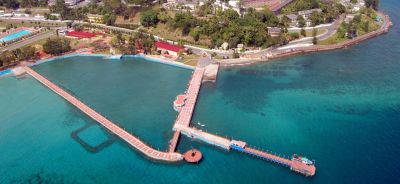Discovering the Tribes of Andaman: A Cultural Expedition
Andaman, the mesmerizing archipelago nestled in the Bay of Bengal, is not just a paradise for beach lovers and water sports enthusiasts. It is also home to a fascinating array of indigenous tribes, each with their unique cultural heritage and way of life. If you are a traveler seeking a deeper understanding of the world's diverse cultures, a visit to the Andaman Islands presents the perfect opportunity to discover and interact with these tribal communities.
Introduction to Andaman's Tribal Communities
The Andaman and Nicobar Islands are home to six main tribal communities - the Great Andamanese, the Jarawas, the Onges, the Sentinelese, the Shompens, and the Nicobarese. These tribes have inhabited the islands for thousands of years, preserving their traditions, rituals, and connection with nature. While some tribes have maintained minimal contact with the outside world, others have embraced aspects of modernity due to increased interaction.
Exploring the Great Andamanese Tribe
The Great Andamanese tribes were the most numerous of the tribes in the Andaman Islands but sadly, they now have only a few surviving members. Despite this, efforts are being made to preserve their cultural heritage and language. To learn more about the Great Andamanese tribe, you can visit the Anthropological Museum in Port Blair, which showcases their artifacts, tools, and photographs.
Encountering the Isolated Sentinelese Tribe
The Sentinelese tribe is perhaps the most isolated tribe in the world, with minimal contact with the outside world. They fiercely protect their territory, and any attempt to approach them is met with aggression. Due to the sensitivity of their existence, it is prohibited to go near their island. It is crucial to respect their choice to remain secluded and untouched by the modern world.
Interacting with the Jarawa Tribe
The Jarawa tribe, known for their hunting and gathering skills, resides in the dense forests of the Andaman Islands. They have selectively embraced certain elements of the modern world while preserving their traditional way of life. The government has set up a designated route, called the Andaman Trunk Road, which passes through their territory. Visitors can catch glimpses of the Jarawas from the safety of authorized vehicles, which helps prevent any disturbance to their lifestyle.
Discovering the Onges and Shompens
The Onges and Shompens are two other indigenous tribes of the Andaman Islands. Like the other tribes, they have a close connection with their natural surroundings and have preserved their unique customs and practices. While it is not possible to visit their specific areas, learning about their lifestyles and traditions through research and interaction with local experts can provide valuable insights into their cultures.
Immersing in the Nicobarese Culture
The Nicobarese tribe, residing in the Nicobar Islands of the Andaman and Nicobar archipelago, offers a different cultural experience. They have a more open approach to outsiders and warmly welcome visitors to learn about their customs, dances, and festivals. The Nicobarese people are skilled artisans, known for their exquisite handicrafts and decorative items made from natural materials. Exploring their villages and interacting with the locals can provide a deep understanding of their rich heritage.
Conclusion
A visit to the Andaman Islands offers a unique opportunity to delve into the lives of indigenous tribes and appreciate their vibrant cultures. However, it is crucial to approach such visits with respect, keeping in mind the sensitivity and fragility of these tribal communities. By engaging in responsible tourism and learning from local experts, you can enhance your understanding of the diverse cultural tapestry of the Andaman Islands.
Remember, the exploration of tribal communities should never be invasive or detrimental to their way of life. It is important to follow the guidelines and regulations set by the government and respect the tribes' wishes for privacy and preservation. By sharing our experiences and knowledge gained from these encounters, we can promote cultural appreciation and contribute to the protection of these invaluable cultural treasures.
So, are you ready to embark on a cultural expedition in the Andaman Islands? Share your thoughts and experiences below!
Don't forget to share this blog post with your fellow travel enthusiasts!
Disclaimer : The information provided in this blog is for general informational purposes only. While we strive to keep the content accurate and updated, TravelSetu assumes no liability for errors or omissions. If you believe any part of this blog infringes your rights or causes concern, please notify us immediately at info[at]travelsetu[dot]com so that appropriate action can be taken.
